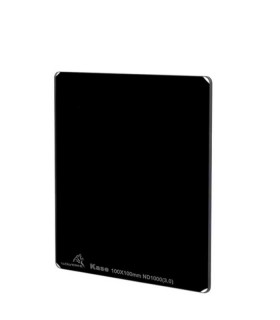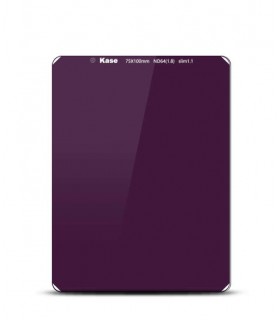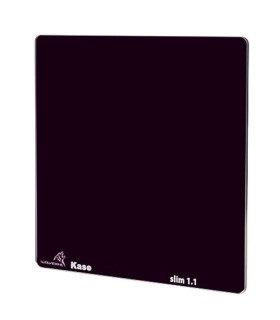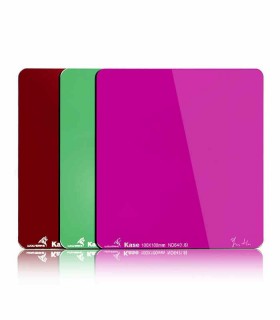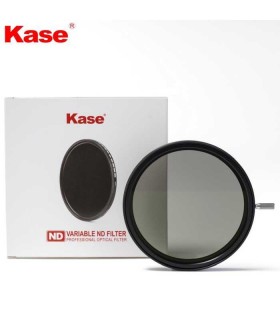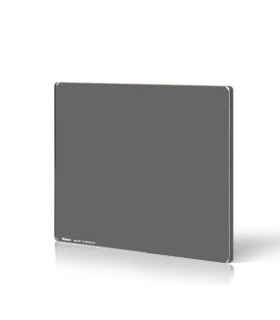What is an ND filter and what is it for?
An ND or neutral density filter allows us to block the passage of light towards the sensor of our camera in order to achieve an increase in the exposure time or the possibility of adjusting the other two parameters that allow us to regulate the light that enters our camera ( ISO and aperture), this brings us to the two main uses of the neutral density filter.
To obtain a reduction in the depth of field: If we want to reduce the depth of field, we will need to open the diaphragm all the way (f / low), achieving among other things that a lot of light enters our sensor, so much that the safest thing we are over, then How do we do it? Well, we use an ND filter to control the amount of light in order to open the diaphragm as far as we need.
To obtain a very low shutter speed: Even if we close the diaphragm all the way (f / high) we will not get a long exposure photo in broad daylight and we will run out of our long-awaited silks, to be able to take this type of photos and work In the diaphragm that suits us best (depth of field) we have ND filters at our disposal.
In the following video I will quickly explain to you what a ND or Neutral Density filter is.
What is the Neutral Density filter gasket for?
ND filters normally have a padded "sticker" on one of their faces, what is it for? Very easy, when we mount the ND filter in the guide closest to the filter holder this gasket allows us to seal the gap between the filter and the filter holder avoiding let the light enter, for example in NiSi filters we will find this joint stuck.
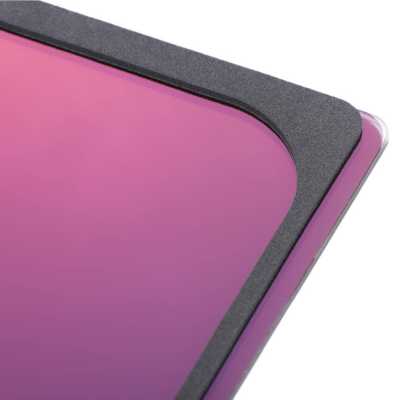
But, do all neutral density filters have it? NO, there are certain filter holders that already have this gasket incorporated, such as the KASE K9 or Haida M10 filter holder, this allows the gasket not to degrade so easily and the adjustment between filter holder and ND filter are perfect for not having "flares" in our photos.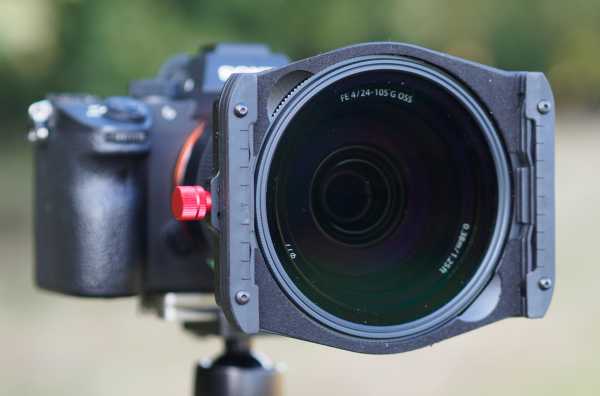
What size of ND Filter do I have to take?
The size of the neutral density filter to select will depend on the type of filter holder, the most standard would be the following measurements:
75mm : KASE K75 Holder -> ND Size 75x100
100mm : KASE K9 Holder -> ND Size 100x100 o 100x150
150mm : KASE K150 Holder -> ND Size 150x150
In the 100mm size we have a peculiarity, the standard filter measure would be 100x100 but KASE has a "long" measure, that is, a 100x150 filter, the same size as a gradient filter. Why this measure? simple, if the filter is not centered well in the filter holder, openings could be left at the top or bottom and light would enter us, this would ruin the shot, KASE has introduced this long measure so that we do not have to worry about the position of the filter, this above all is very important in very angular lenses with very large diameters (95mm) such as the Irix 15mm, Zuiko 7-14, Laowa 15mm, Nikon Z 14-24 f2.8.
